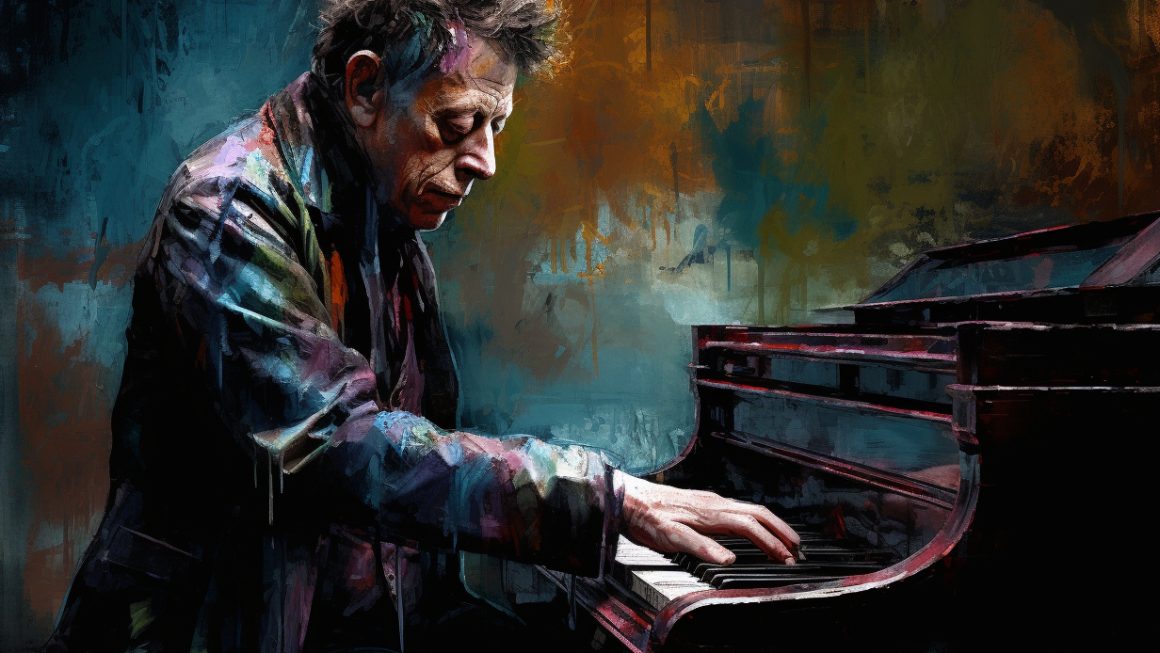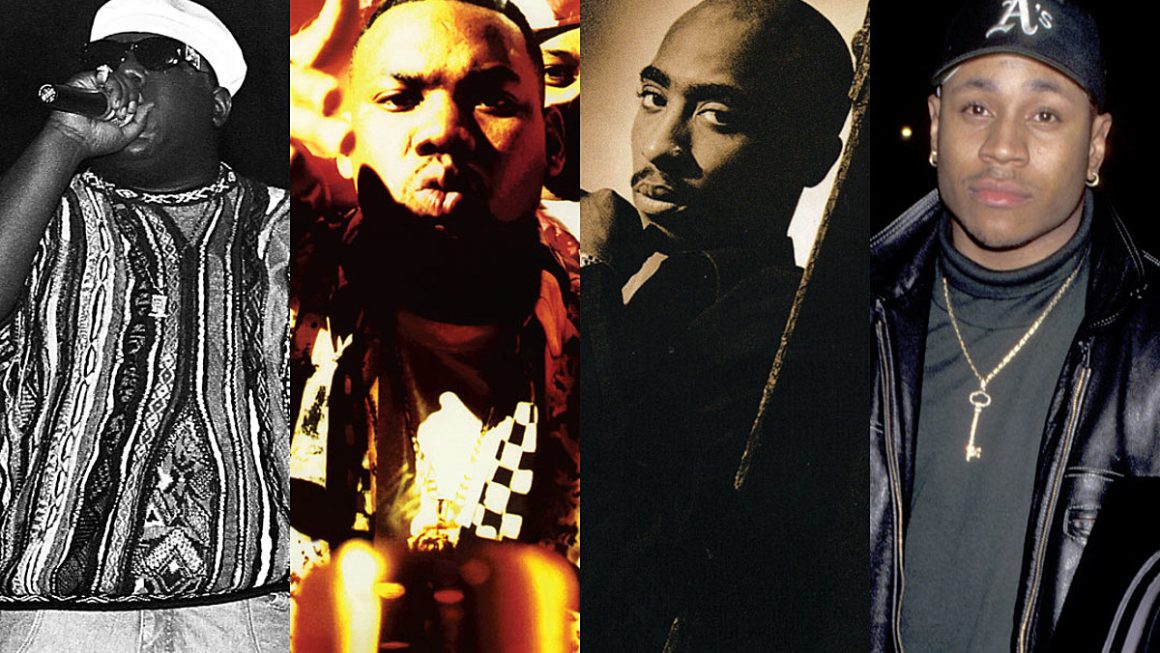Music, the universal language of emotion, has undeniably evolved over centuries, acting as a mirror to the societal zeitgeist of each era. Its evolution is a riveting saga of transformations led by ingenious innovators, encapsulating humanity’s perennial pursuit of self-expression. As we delve into the 21st century, a unique set of musical contours have taken shape. The contemporary musical landscape is a beautiful mélange of traditional tones and cutting-edge trends, presenting an intriguing confluence of the past, present, and the future.
Sailing the Sea of Genres
The first striking characteristic of contemporary music is the diverse plethora of genres it accommodates. Just a few decades ago, music was primarily categorized into a handful of genres like classical, jazz, pop, rock, and country. Today, the lines between these categories have blurred, and a bevy of sub-genres has emerged.
Take, for example, the burgeoning world of electronic dance music (EDM). It began as an underground movement in the late 1980s, quickly rising to mainstream popularity in the early 2000s. Within the sphere of EDM alone, there exist countless sub-genres like dubstep, trance, house, techno, and more. These sub-genres are continually evolving, intermingling, and giving birth to new styles. Similarly, hip-hop, once a fringe genre emerging from urban African-American communities, has rapidly grown into a dominant cultural force, spawning offshoots like trap, drill, and lo-fi hip hop.
As the boundaries of genre are stretched and redefined, music becomes less of a collection of distinct categories and more of a spectrum of sound. This genre-blurring not only speaks volumes about the dynamism and creativity of contemporary musicians, but also signifies a cultural shift towards inclusivity and pluralism.

The Intersection of Technology and Talent
Another defining feature of contemporary music is the interplay between technology and talent. Technology, with its relentless pace of innovation, has revolutionized the way music is created, shared, and consumed. This technological transformation has democratized music production, making it accessible to anyone with a laptop and an internet connection.
Home studios and digital audio workstations (DAWs) have removed the need for expensive recording equipment and professional studios. Artists are increasingly turning to software like Ableton Live, Pro Tools, and FL Studio to craft their sonic masterpieces. Autotune, once derided as a tool for the talentless, has been redefined as a creative instrument, with artists like T-Pain and Kanye West pioneering its aesthetic use.
Moreover, the advent of streaming platforms like Spotify and Apple Music has disrupted traditional distribution methods. These platforms have opened up a global stage for independent artists, allowing them to reach audiences far beyond their local communities. At the same time, social media platforms like TikTok are becoming essential tools for music promotion, with viral ‘challenges’ often catapulting songs to worldwide fame.

These technological advances are not only reshaping the industry’s structures, but also influencing the nature of music itself. They’re paving the way for exciting new sonic palettes, unorthodox song structures, and innovative approaches to songwriting and performance.
Conclusion: The Uncharted Melodies of the Future
As we journey further into the 21st century, the essence of contemporary music continues to evolve, continually charting new territories and unearthing fresh perspectives. It remains an enchanting labyrinth where artistic expression meets technological wizardry, where the traditions of the past coalesce with the visions of the future.
The vibrancy of contemporary music is a testament to the relentless creativity of artists and the indomitable spirit of innovation. As we ride the rhythm of this sonic adventure, one can’t help but wonder: what thrilling new soundscapes will the future bring? What fresh stories will these future melodies tell? As long as the heart beats and the soul yearns for expression, music will continue to redefine itself, echoing the rhythm of the times and the cadence of our shared human experience.



